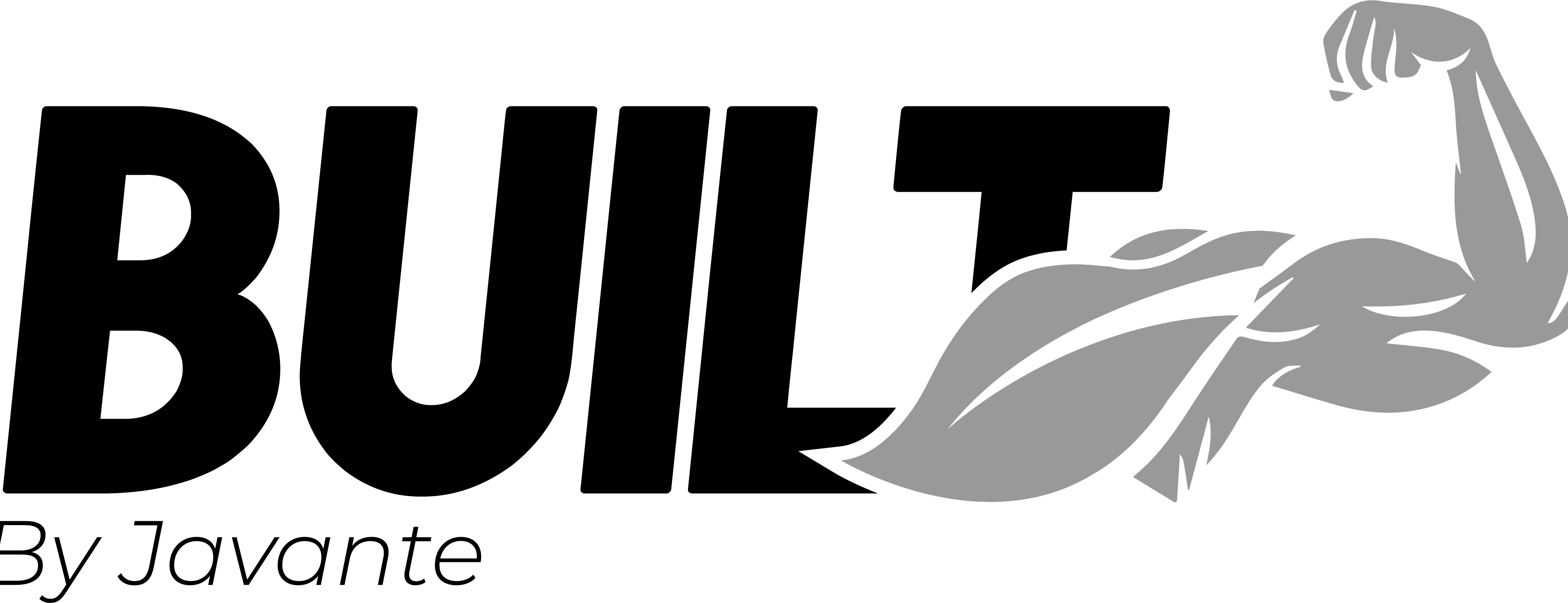Throughout this project, I had the opportunity to work closely with a highly specialized population. Active-duty and retired Navy SEALs, whose diverse backgrounds, extensive training histories, and varying recovery capacities present unique challenges in performance nutrition and wellness programming.
One of the key insights I gained is that balancing recovery with performance demands is critical to achieving optimal outcomes in this population. Traditionally, the current wellness program has operated with limited knowledge of anticipated training intensity and frequency. Resulting in nutrition interventions, often requiring dietitians to adjust individual nutrition plans once challenges surfaced retroactively. Through my evaluation of the existing wellness program, it became clear that a more proactive, dynamic approach was needed.
To address this gap, I researched, developed, and implemented a State of Readiness (SOR) framework designed to enhance the collaboration between the strength and conditioning (S&C) staff and registered dietitians (RDs). By leveraging objective data from the Omegawave system and Oura Ring HRV measurements, as well as subjective daily readiness metrics, we were able to dynamically adjust both training intensity and nutrition strategies. This framework allowed for proactive planning, rather than relying solely on retrospective adjustments.
A unique component of the framework was the bucket system, which categorized SEALs into Restore, Adaptation, and Optimization groups based on age, injury history, and recovery trends. This structure allowed us to personalize both training frequency, intensity, and nutrition plans according to the SEALs’ daily and weekly readiness status, improving the precision of our interventions.
Through this experience, I deepened my understanding of the importance of interdisciplinary communication in clinical and performance settings. By creating a color-coded communication workflow and implementing weekly interdisciplinary team reviews, we reduced lag time between readiness assessments and nutrition adjustments, resulting in better alignment between physical demands and dietary support.
Key outcomes included improved satisfaction among SEAL participants, better adherence to nutrition plans, reductions in subjective fatigue, and stronger collaboration between S&C and RDs.
This project emphasized the importance of:
1. Proactive assessment and planning in performance nutrition.
2. Integrating objective and subjective data for individualized programming.
3. Streamlining communication across disciplines to optimize outcomes.
Overall, this experience has significantly enhanced my skills in program development, evaluation, and interdisciplinary teamwork. It has also reinforced my passion for applying evidence-based strategies to support elite athletes, including the tactical populations, and has prepared me to implement similar frameworks in future performance nutrition and wellness settings.
This project has strongly influenced my future career direction as an aspiring Registered Dietitian specializing in performance nutrition for tactical and high-performance populations. The experience of developing and implementing a dynamic, data-driven framework reinforced the value of individualized, proactive care and the importance of integrating technology and interdisciplinary collaboration into practice. Moving forward, I plan to continue leveraging objective recovery and readiness metrics to guide nutrition interventions. Ensuring that my clients, whether athletes, military operators, or high-performing individuals, receive precision support tailored to their unique physiological demands. This project has exposed me to unique tools that have prepared me to bring innovation and evidence-based strategies into any future clinical or performance setting I get the opportunity to work in.
